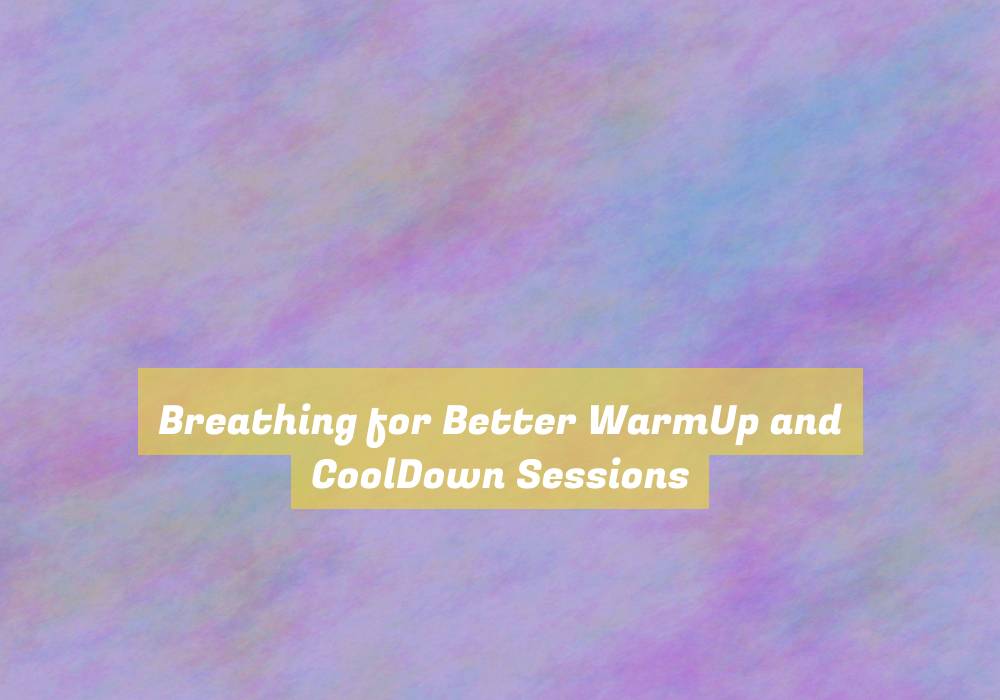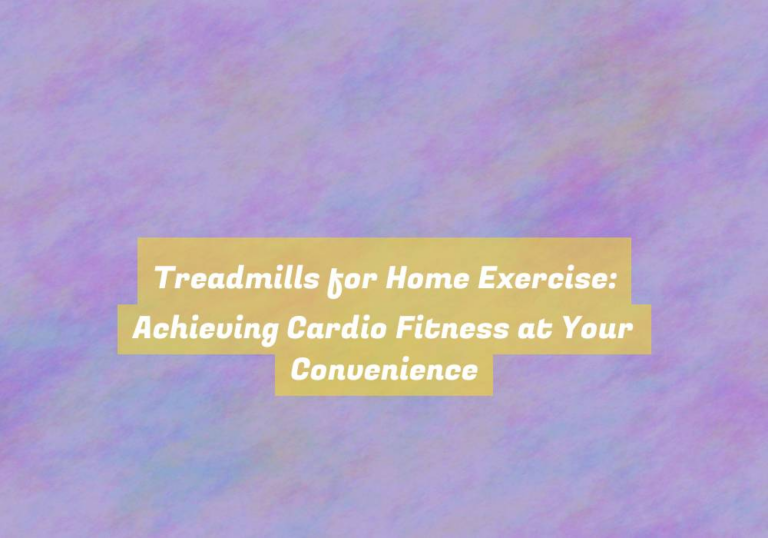Breathing for Better WarmUp and CoolDown Sessions
Do you know that up to 80% of people have a shallow breathing pattern, which can limit oxygen intake and hinder performance during exercise?
By incorporating proper breathing techniques into your warm-up and cool-down sessions, you can enhance your overall workout experience and improve your recovery time.
But how exactly does breathing impact your warm-up and cool-down routines, and what specific techniques can you use to optimize your breathing for better results?
Importance of Breathing in Warm-Ups
Breathing is crucial during warm-ups as it helps oxygenate your muscles and prepare your body for physical activity. When you take deep breaths, you increase the oxygen flow to your muscles, which is essential for optimal performance. Deep breathing also helps to relax your body and mind, reducing any tension or stress you may be carrying. As you inhale deeply, your lungs expand, allowing for more oxygen to enter your body, while exhaling helps to release any accumulated carbon dioxide. This process not only enhances your physical performance but also helps to improve your mental focus and clarity.
Proper breathing techniques during warm-ups can also help prevent injuries by promoting better circulation and flexibility. As you take deep breaths, your body becomes more relaxed, making it easier to perform the necessary stretches and movements without straining your muscles. Additionally, focusing on your breath can help you stay present in the moment, allowing you to fully engage in the warm-up routine and mentally prepare for the upcoming physical activity.
Breathing Techniques for Effective Warm-Ups
During warm-ups, focusing on your breath allows for better circulation and flexibility, enhancing the effectiveness of your routine.
To start, practice diaphragmatic breathing, also known as belly breathing. As you inhale, let your belly expand, and as you exhale, feel it contract. This technique helps to fully oxygenate your body, preparing it for physical activity.
Another effective method is rhythmic breathing, where you coordinate your breath with your movements. For example, if youG??re doing a series of lunges, inhale as you lower your body and exhale as you rise. This synchronization helps to regulate your pace and energy expenditure.
Additionally, try incorporating deep, slow breaths to calm the nervous system and reduce tension. As you warm up, pay attention to your breathing pattern and make adjustments as needed.
By employing these breathing techniques, you can optimize your warm-up, promote better oxygen flow to your muscles, and prepare your body for the upcoming physical demands.
Breathing Strategies for Optimal Cool-Downs
As you wind down from your workout, itG??s important to focus on your breath to facilitate a smooth transition to a state of relaxation and recovery. During your cool-down, pay attention to your breathing to help your body return to its resting state. Start by taking deep breaths in through your nose and out through your mouth. This will help to slow down your heart rate and relax your muscles.
Incorporating some gentle stretching into your cool-down routine can also be beneficial. Coordinate your breath with each stretch, inhaling as you lengthen your body and exhaling as you release the stretch. This synchronized breathing can enhance the effectiveness of your stretches and promote a sense of calm.
As you continue to cool down, maintain a steady and controlled breathing pattern. Focus on gradually slowing down your breath, allowing your body to shift from the heightened activity of exercise to a more tranquil state. This deliberate focus on your breath can aid in reducing any residual tension in your muscles and promote a feeling of overall relaxation.
Incorporating Breathing Into Cool-Down Routines
To optimize your cool-down routine, incorporate controlled breathing techniques to help your body transition smoothly to a state of relaxation and recovery.
As you finish your workout, gradually slow down your movements and focus on taking deep, diaphragmatic breaths. This deliberate breathing pattern can signal to your body that itG??s time to shift from a state of exertion to one of calmness.
Consider incorporating techniques such as box breathing, where you inhale for a count of four, hold for four, exhale for four, and hold for four again before repeating. This method can help regulate your heart rate and promote a sense of relaxation.
Additionally, you can use visualization during your cool-down, imagining tension leaving your body with each exhale. As you breathe deeply and intentionally, be mindful of any areas of tension or discomfort, and release them as you exhale.
Conclusion
So, next time youG??re gearing up for a workout or winding down from one, remember the power of your breath. By incorporating proper breathing techniques into your warm-up and cool-down routines, you can optimize your performance, prevent injury, and promote relaxation.
Take a few moments to focus on your breath, and youG??ll see a noticeable difference in how you feel before and after exercise. Breathe easy and enjoy the benefits of a well-rounded workout routine.






